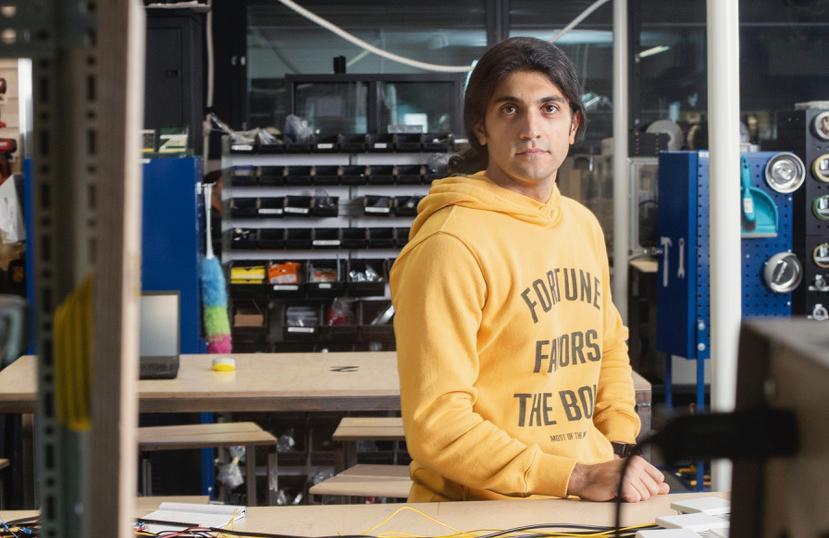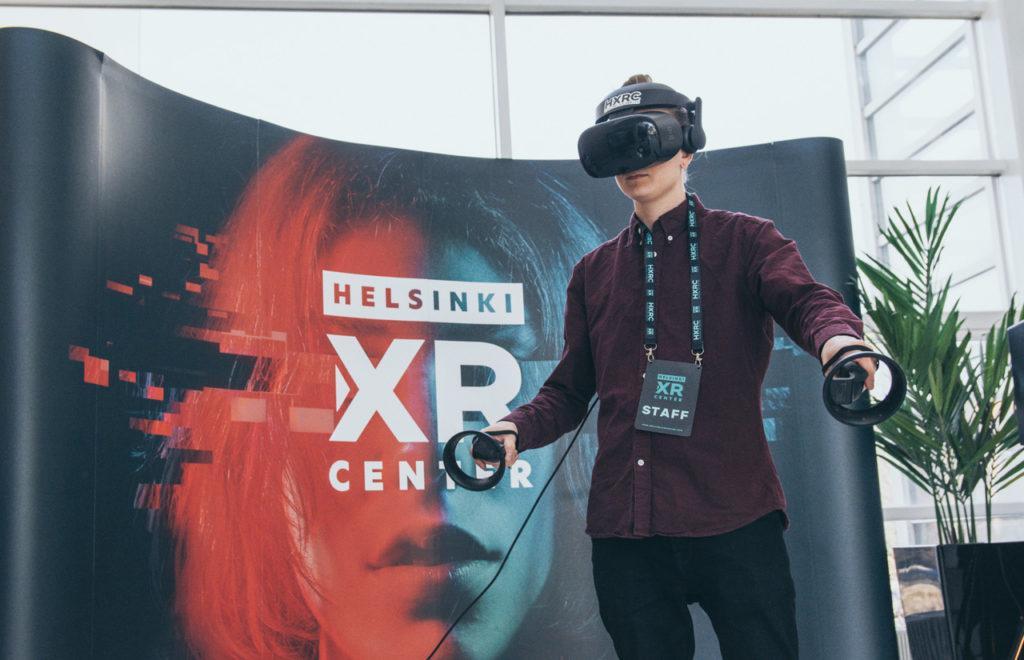Live and learn – the Finnish Design Academy has published the first ever profile map of design education in Finland

The Finnish Design Academy project has brought Finnish university level design schools together in a situation where changes in working life challenge educational institutions to reform the content of instruction and meet new competence needs.
Finnish Design Academy’s work has been pioneering. In 2018–2020, the project brought together all providers of university level design education to discuss the education and develop it further.
The project, created at the initiative of Ornamo Art and Design Finland, will publish the first ever profile map of design education, which will present, in one set, all information about the education offering, the study paths and specializations provided by university level design schools and national level upper secondary vocational education and training providers in Finland. For the purpose, Ornamo has interviewed all nine university level design education providers, and companies which employ designers.
Does the education provided meet the needs of working life? What type of designers graduate in Finland and what skills do they have? In a preview of the project’s results, we asked three designers from various areas and educational institutions to consider the issues that arose in the project.
Will engineers be responsible for design in the future?
Amir Toghyani, Post-Doctoral Researcher at LUT University, was involved in starting the Industrial Design Engineering MSc Program in 2019. The degree combines expertise in product design, manufacturing methods, materials, industry and user orientation.
“It is not engineers who design or the other way round. The key in the Industrial Design Engineering program is to prepare professionals with competence that better meets the needs of industry and businesses.
Defined in brief, an Industrial Design Engineer would be a ‘creative engineer’. This engineer has competence in innovative design, materials and technology. These three main pillars are combined in all successful companies. Industrial design skills have originally been very close to engineering skills. That is why the new term ‘Industrial Design Engineer’ does not mean a radical change in the professional profile of an industrial designer. Actually, it is more about a return to roots. Originally, industrial designers have been primarily design engineers, not artists.
The Industrial Design Engineer program is the only one of its kind in Finland, and one of a few in Europe. I see it as opening up a wealth of possibilities for both students and industry. In the future, we intend to combine creativity and engineering skills even more closely, in collaboration with LAB University of Applied Sciences.
LAB’s Design Institute has the best facilities and 50 years of experience in educating designers in various fields. LUT University has the same merits in production technology. Students graduating with this combination will be able to work in top product development positions in big international companies.”
Will design move completely from a physical to a digital environment?
 Karoliina Norteva designs interior decoration products and furniture, and is a third year student in the XR Design program at Metropolia University of Applied Sciences. Designers who have completed the program create innovative content for virtual and XR environments.
Karoliina Norteva designs interior decoration products and furniture, and is a third year student in the XR Design program at Metropolia University of Applied Sciences. Designers who have completed the program create innovative content for virtual and XR environments.
“My background is in handicrafts, I love to touch fabrics. Over the years, I ran a sewing shop and a fabric store and designed interior decoration products and furniture. Previously, I wanted to study industrial design and furniture design, and applied to do so, but perhaps I was not ready for that at the time. XR Design offered me the chance to study for a degree in design and, during the studies, I have realised that physical product design and virtual design are not mutually exclusive. I can very well do both. This brings new aspects to the design of physical products as well. You don’t turn to precise design software that easily right at the beginning, but find ideas more freely at first and then start preparing the product into a format that can really be produced.”
I am most interested in furniture design, but I understand that opportunities in the field are limited. During my studies, I had the opportunity to be involved in design for a cultural heritage site and I found it very rewarding. For the Gallen-Kallela Museum, we prepared a presentation of an alternative future: if Akseli Gallen-Kallela had had more money, what might the building have looked like? During the work process, we considered many things, including the ethics of digital reconstruction. The cultural sector has plenty of material which, if made available to a wider audience, XR design can help with.”
Is service design a new civic skill?
 Satu Miettinen, Professor of Service Design at the University of Lapland, is one of the pioneers in the field. She began research in the field in the early 2000s and has published several books on service design methods. In 2020, Professor Miettinen launched a new multidisciplinary Master’s degree program at the University of Lapland.
Satu Miettinen, Professor of Service Design at the University of Lapland, is one of the pioneers in the field. She began research in the field in the early 2000s and has published several books on service design methods. In 2020, Professor Miettinen launched a new multidisciplinary Master’s degree program at the University of Lapland.
“Our society is based on services and people use services throughout their lives. The welfare state model has been discussed for a long time and, in my opinion, service design can be seen as taking it one step further: citizens design the welfare state themselves.
In this sense, it is not exaggerated to regard service design as a civic skill. We have come a very long way from the times when services entered people’s lives as given from above. The basic settings of modern society require listening, inclusion and doing things together. This, in turn, requires citizens to have participatory skills and the ability to see themselves as key actors in service development.
In recent years, service design has gained a major foothold and there is more education on offer, which is a positive trend in my opinion. It is good that education in the field is accessible and available to all.
Training is provided at many levels and to meet various needs, and it is important to put this in clear terms: is the aim to get an idea of service design phenomena or, say, learn how to buy service design? In my opinion, service design is quite well involved in the everyday life of cities and municipalities. Businesses, too, already have in-house service designers and even service design departments.
More service design thinking and investments are required in writing of politics, and in innovation activities and research. Service design will help in utilizing them a lot better, for example, in the form of applications and solutions for people’s everyday lives.”
Text: Johanna Lassy-Mäntyvaara

